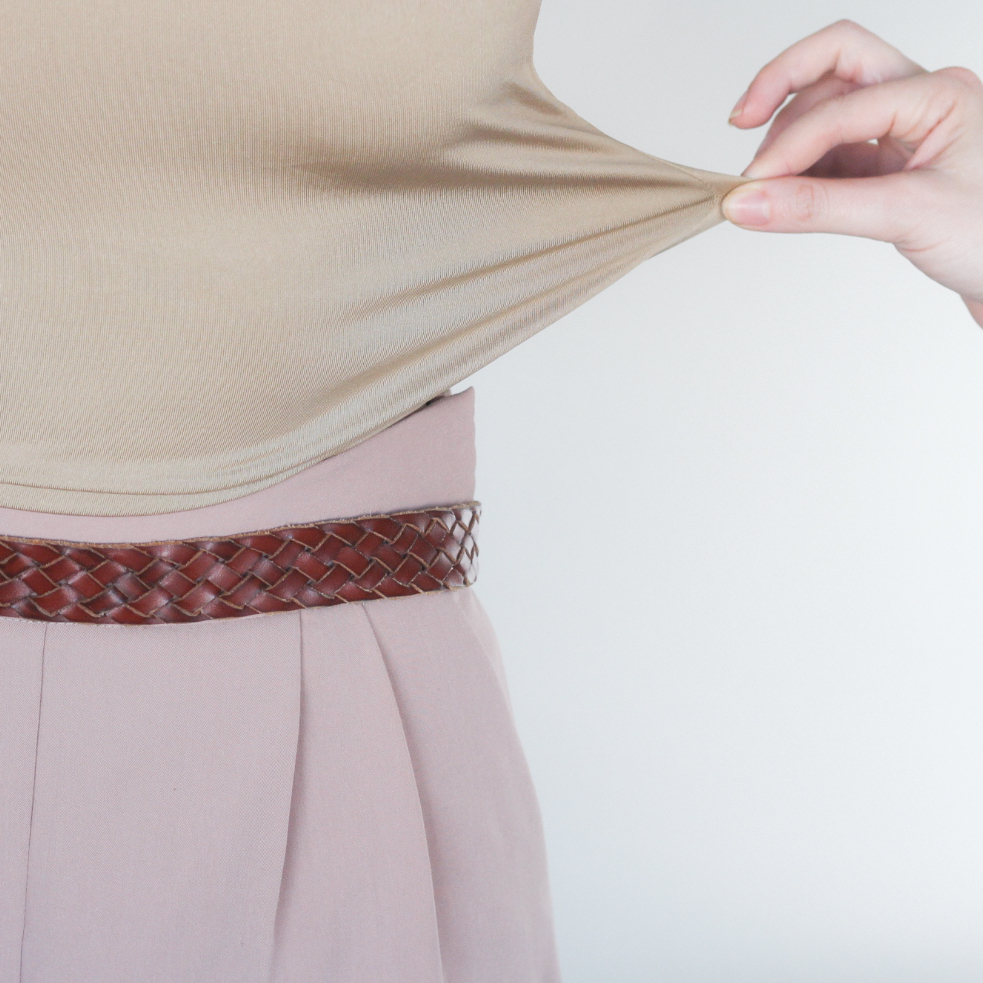
There is a simple elegance to the dress code for most Montessori teachers, driven by the nature of the work. We are integrated parts of the classroom environment, and in the same way that we prepare ourselves intellectually and spiritually to be of service to the children, we prepare our appearance to support their development. We want everything in the space, especially in the formative classrooms of Infant, Toddler and Early Childhood, to be timeless, elegant and beautiful.
But also, sometimes people throw up on us.
And also, sometimes people pee on us.
There's a balance to be struck. While your clothing for school should be washable, and while you should not choose items that, were they damaged, you would be heartbroken, you don't have to dress in sweatpants and t-shirts either. Your dress for school should reflect what we understand about what children need from their environments.
1. Be simple: Avoid clothing that is visually disruptive. Think about patterns and colors the way you'd choose colors and artwork for the walls of your classroom: neutral tones that can blend into the background when the children are at work.
2. Avoid excessive jewelry and nail decor. Children should be attentive to your hands while you're presenting the materials. Don't interrupt that attention with distracting baubles or brightly colored nails. If you regularly wear jewelry that has a special meaning to you, by all means, continue to. You should still be who you are and value what you value. But save the style choices for when you're out of the classroom. Your hands and wrists should be especially easy to look past as you draw the children's attention to the materials.
3. Wear comfortable soft-soled shoes. Montessori can be rough on your back and body. Wear shoes that offer you proper support with a light foot-fall. If you prefer a more stylish shoe, wear them to school, but take a moment when you enter the classroom to mindfully remove them and replace them with classroom shoes less disruptive to the children's work. You can always put them back on when you're getting ready for a faculty meeting or parent conference, or leaving for the day.
4. Wear clothes that befit a professional. Let's hope together for the day when all teachers are respected for their professional expertise, but in the meantime, don't feed in to the perception that we're babysitters. You don't have to wear a suit and tie to the classroom, but you shouldn't wear yoga pants either. Simple, tasteful dress reminds parents and community members that you are a professionally prepared teacher.
5. Dress to move: You'll find yourself in all sorts of curious positions as a Montessori teacher. Dress for modest movement through the classroom. Check your necklines to make sure they don't fall open if you bend over. If you wear skirts, check the length to make sure you can kneel comfortably in them and that they're long enough to keep you covered if you're in a chair and the children are seated on the floor. Make sure they don't require tugging or pulling or readjusting through the day. Remember: the children are watching your movements, and even as you move through the classroom, you should be able to do so quietly and without distraction. The most interesting thing about a lesson on a floor mat shouldn't be watching a teacher try to get up from it!
Keep it simple, but not so simple that you devalue the work. Your work matters. Your appearance can, too.
#ForTeachers #teachertalk
